Theatrical Magic is a wonderfully deep and broad medium. There’s room for high-minded theorizing; lofty artistic goals; intricate, leviathan altars to opulent design; ascetic, self-flagellating routines which cut to the quick and strain the limits of deception… But sometimes you just want some tricks. It’s not that deep, this booklet just has some fun tricks and moves. Don’t make it weird.
Lorem Ipsum contains eleven previously unpublished items: seven card moves, two card tricks, a bill routine, and a routine with driver’s licenses. The difficulty ranges from completely self-working to stuff that will take some focused practice. This is solid material that has been refined in restaurant performances, magic sessions, walk-around gigs, and all kinds of performance environments for years. Some of the magic in this booklet is a regular and active part of Nancy’s working repertoire.
Contents:
Part One-Tricks
Finish Line: A Triumph where the spectator takes the deck into their own hands. THEY pick their card, THEY lose it into the deck, THEY shuffle the deck, THEY mix cards face-up and face-down, and all of this behind the magician’s back. No culling needed, just one shuffle and a few cuts restores the pack and finds the spectator’s card. Based on work by the late Ramón Riobóo.
Dav’s Transpo: The spectator’s driving license impossibly changes into the magician’s license. The spectator’s license is then found in the magician’s wallet! A fun, practical trick that is entirely self-contained within your everyday-carry Card to Wallet. Two methods are taught: one for use while wearing a coat and one using only a back pocket. Nancy has used this for years whenever she’s caught out having nothing but her wallet. (Requires a non-insert Mullica-style wallet. Nancy uses Anthony Miller’s Triple Threat Wallet.)
Feathers and Bricks: A bill routine in two parts. While advocating the audience defraud a grocery store, the magician borrows a $5 bill and shows an origami fold that makes one bill look like two. As the audience stares at the magician handling the fold, it slowly looks more and more like it is genuinely two bills, until the magician finally separates their hands to show they’ve doubled their money. The bills are given back to the spectator, where they are discovered to still just be one bill in an origami fold. Taking the bill back, the magician says they will show a new kind of fold that makes a bill seem like it’s a higher denomination. The $5 changes into a $50, but just as quickly changes back once the bill is crinkled. A real crowd pleaser.
Picnic Under the Stars: A modernization of the classic Poker Player’s Picnic. This version is done from a shuffled deck in use, justifies the strange procedure, adds a new methodological layer, lets the spectator directly influence the ritual process, and is entirely sleightless. A perfect trick for a beginner. Based work by Allan Zola Kronzek.
Part Two-Techniques
Oyster Production: A pretty production of a card from cupped hands. A lovely sequence with a technically pleasing method.
Tap Top Turnover: A subtle packet turnover. A perfect replacement for the Tenkai Optical Revolve when seated at a table.
Convincing Curve: An extension of Ernest Earick’s “One Handed Convincing Control.” This version allows for a looser, natural right-hand grip.
Three Count Experiments: Three quirky false counts: Lateral Ascanio Steal, Elmsley Switch-Ditch, and Rolling Count. Steal a card in the middle of an Ascanio Spread, switch and unload a selected card of a four-of-a-kind during an Elmsley Count, and hide two out of four cards as you twirl around every card in the packet. In short, this is the weird stuff. Nancy can’t guarantee you’ll find a use for any of them, but these three little eccentricities are as fun to play with as they are bizarre.
Pullman Lift: A double lift based on the Allerton Double. A loud snap and rough handling pairs with a delicate turnover for a perfectly balanced technique.
Lorem Ipsum: Style Over Substance by N. Colwell. Illustrated by Tris Ogram Buckley. 40 pages, staple-bound.


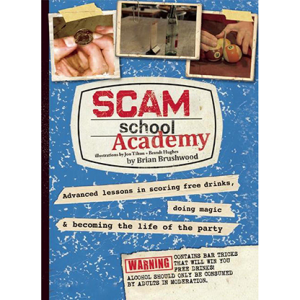
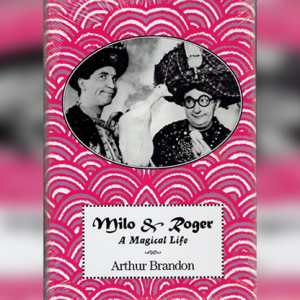


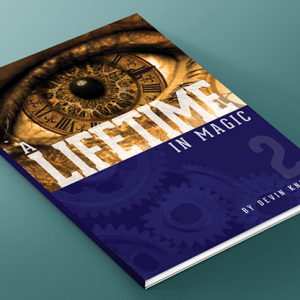
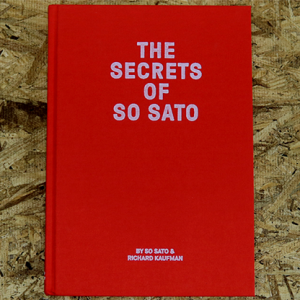
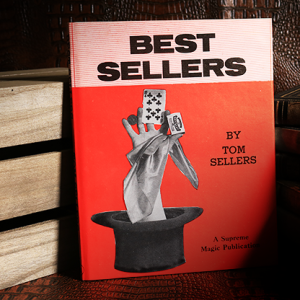
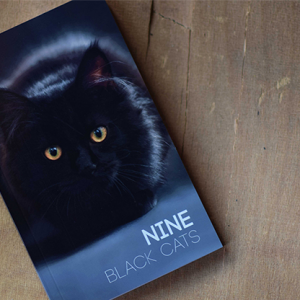

Reviews
There are no reviews yet.